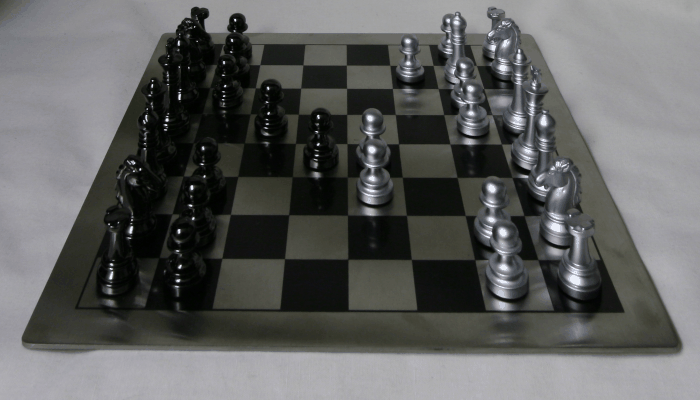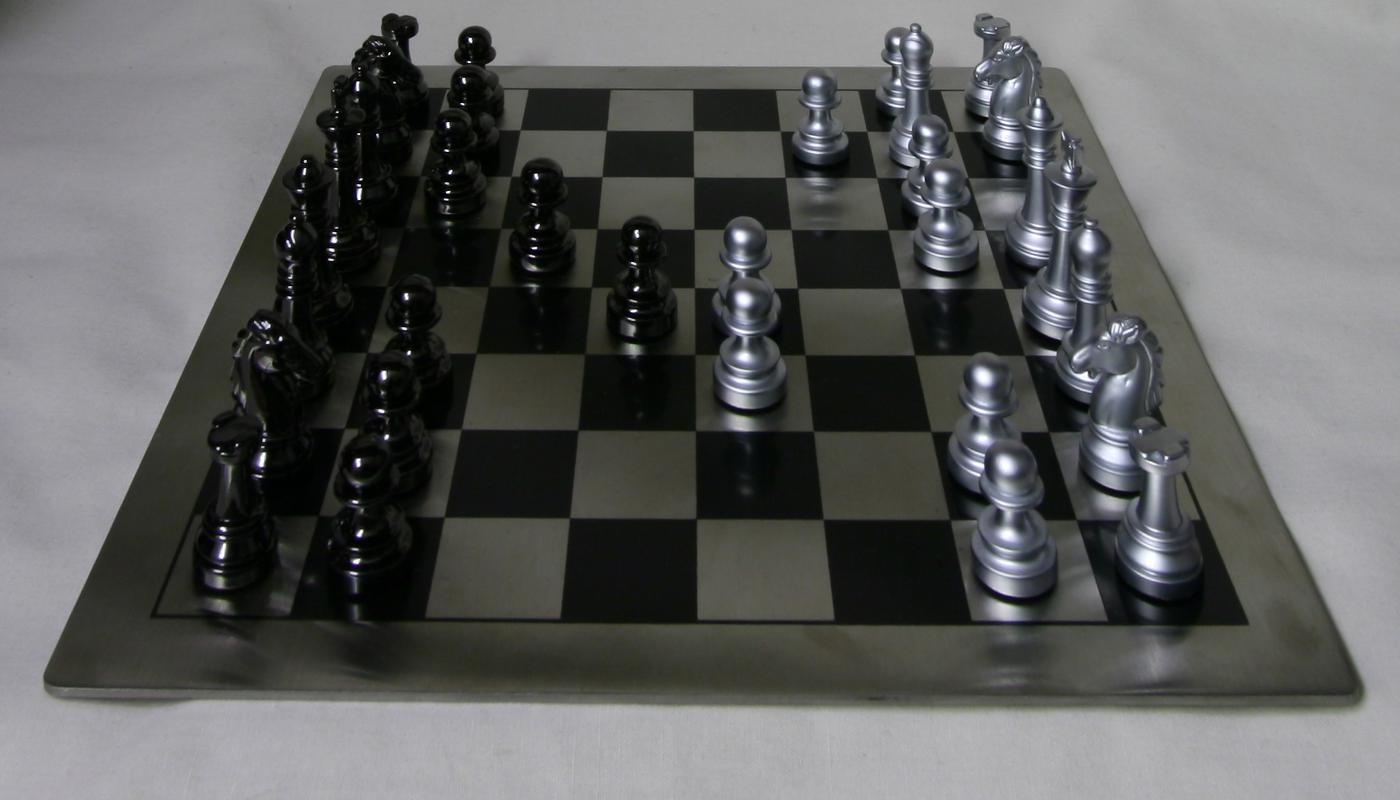Project 5: Lightfield Camera¶
| Author: | Tianrui Guo <aab> |
|---|
Project Spec: https://inst.eecs.berkeley.edu/~cs194-26/fa18/hw/proj5/
Project Writeup¶
Project Overview¶
The purpose of this project is to explore the different ways of combining images from the Stanford Light Field Archive. This collection contains datasets of multiple images of the same object taken over a regularly spaced grid.
Depth Refocusing¶
Because the images are taken with cameras in different locations, objects that are close to the camera array will vary significantly in postion across the different images. Thus, if we simply average the images, the foreground will be blurry. By changing the alignment of the images, we can generate images where different points are in focus.
Since the images were captured with a 17 by 17 grid of cameras, I shifted the
images to align with the middle image (08_08). To produce images at
different focal lengths, I had a parameter \(p\), which controlled how far
I would shift a particular image for alignment. For example, for the image at
(9, 10), I would shift it by \(p\) units horizontally and \(2p\)
units vertically.
Results¶
The follow results were obtained by iterating through values of \(p\) from 0 to 3.
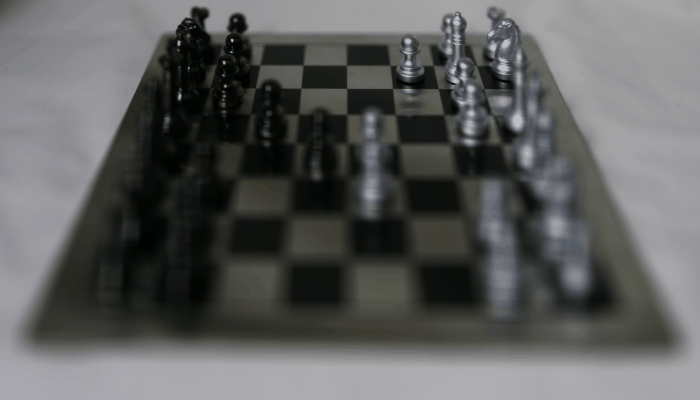
Individual frames:
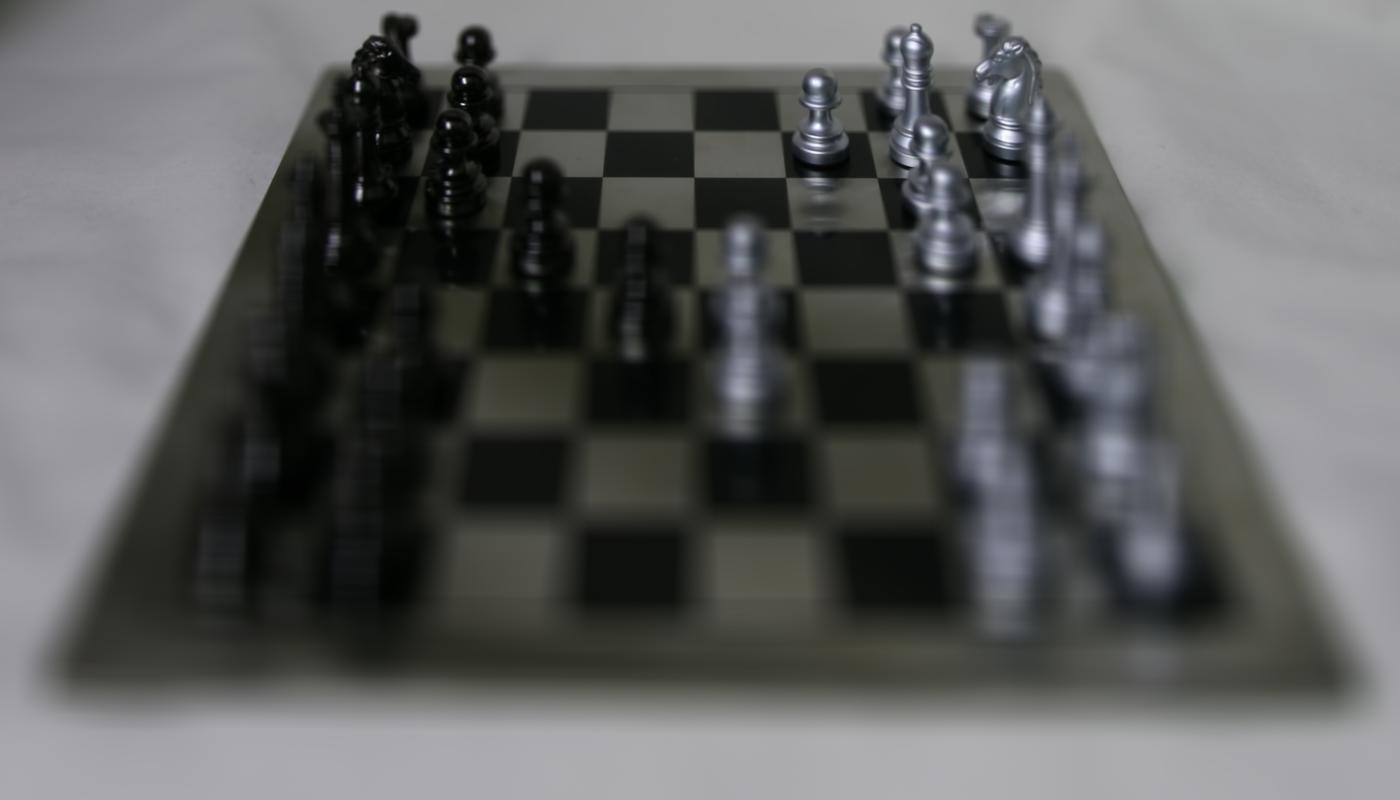
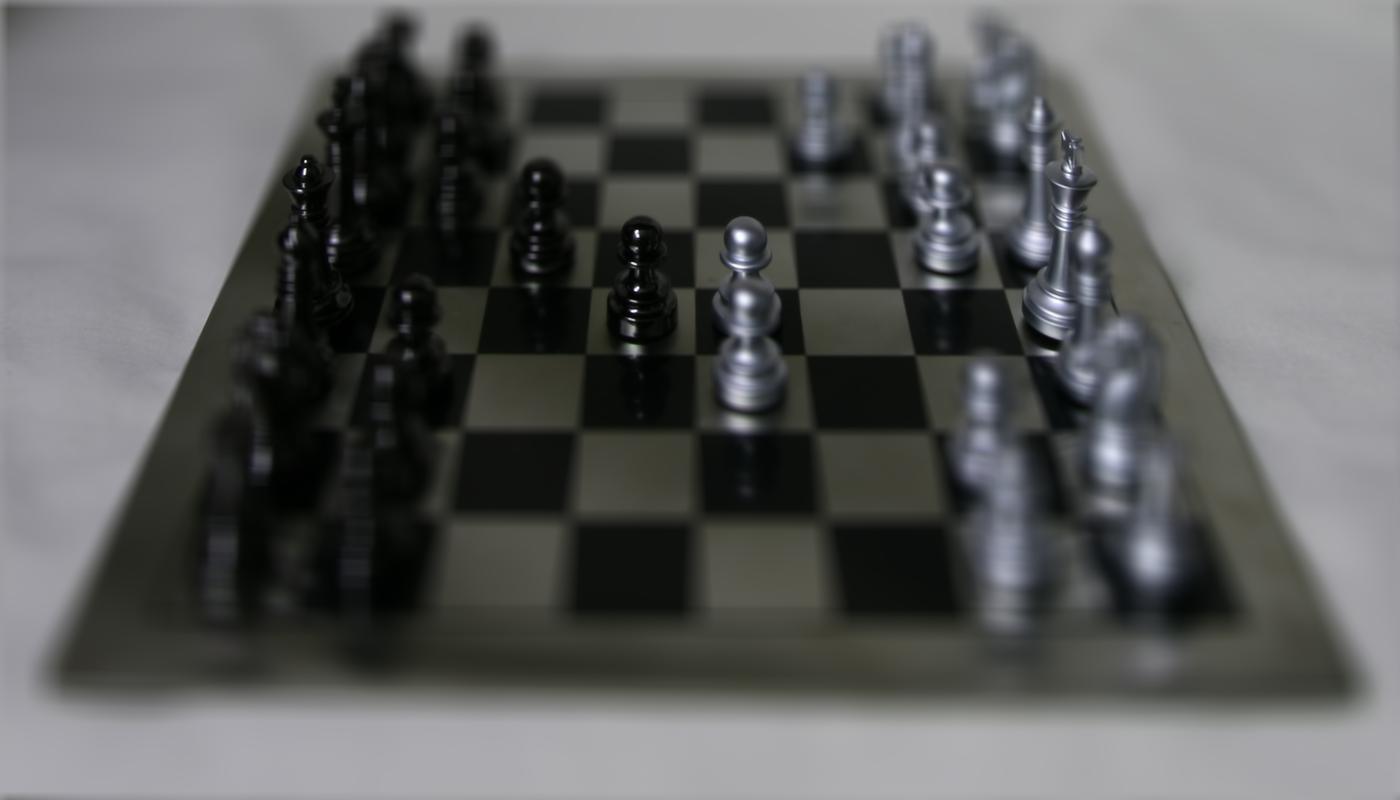
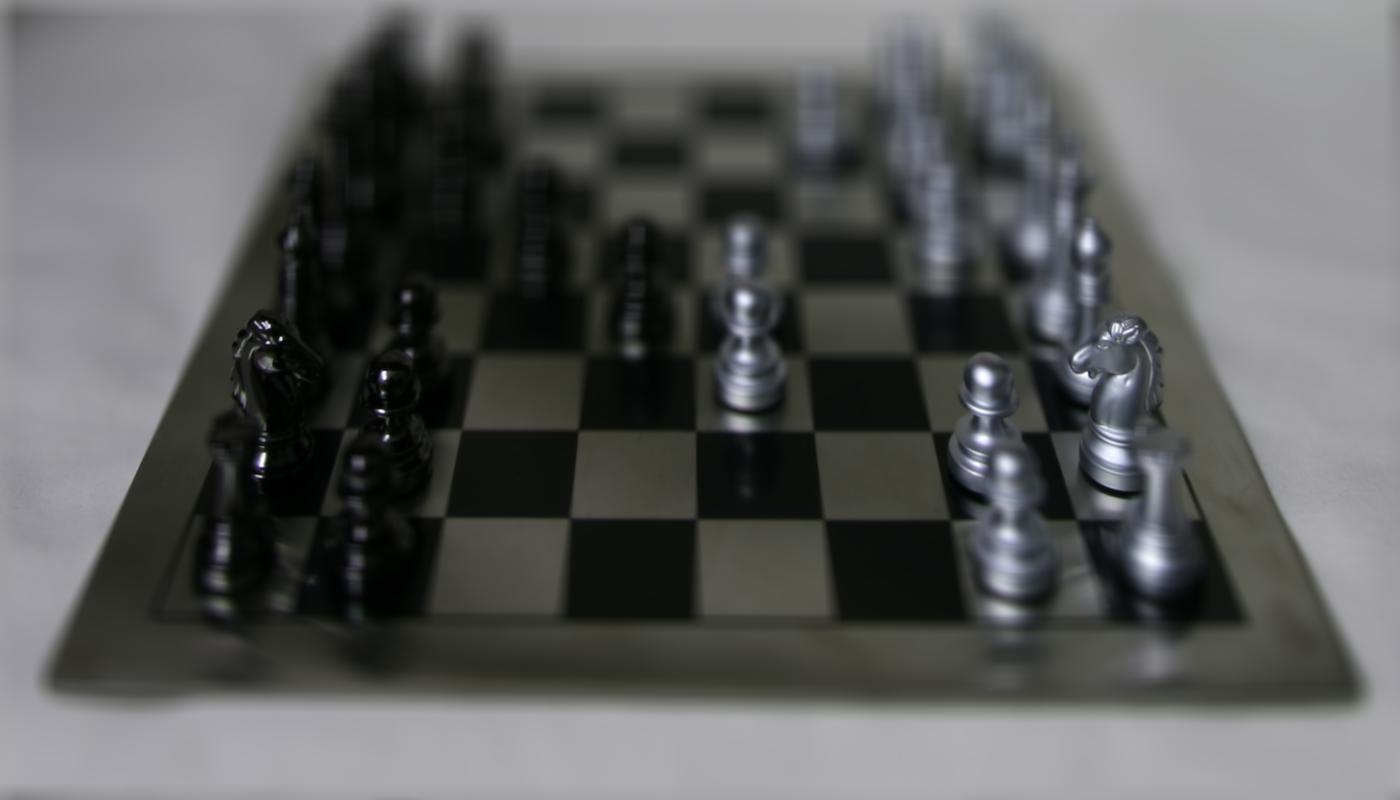

Aperture Adjustment¶
In this part of the project, we average a subset of the images in the light field grid. This subset is chosen by selecting indicies in a circle around the center image.
Reflection¶
From this project, I learned about some of the different effects possible from light field images. Implementing these effects helped me to better understand exactly why these effects work the way they do.
